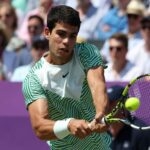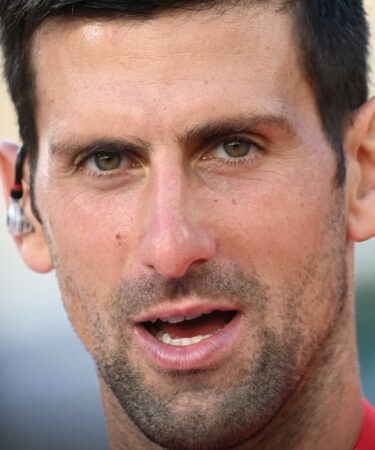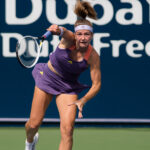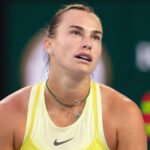5 burning questions to ponder ahead of Wimbledon 2023
A few days before the start of Wimbledon (July 3-16), here are five questions to ponder before the action kicks off. The answers are ours alone.
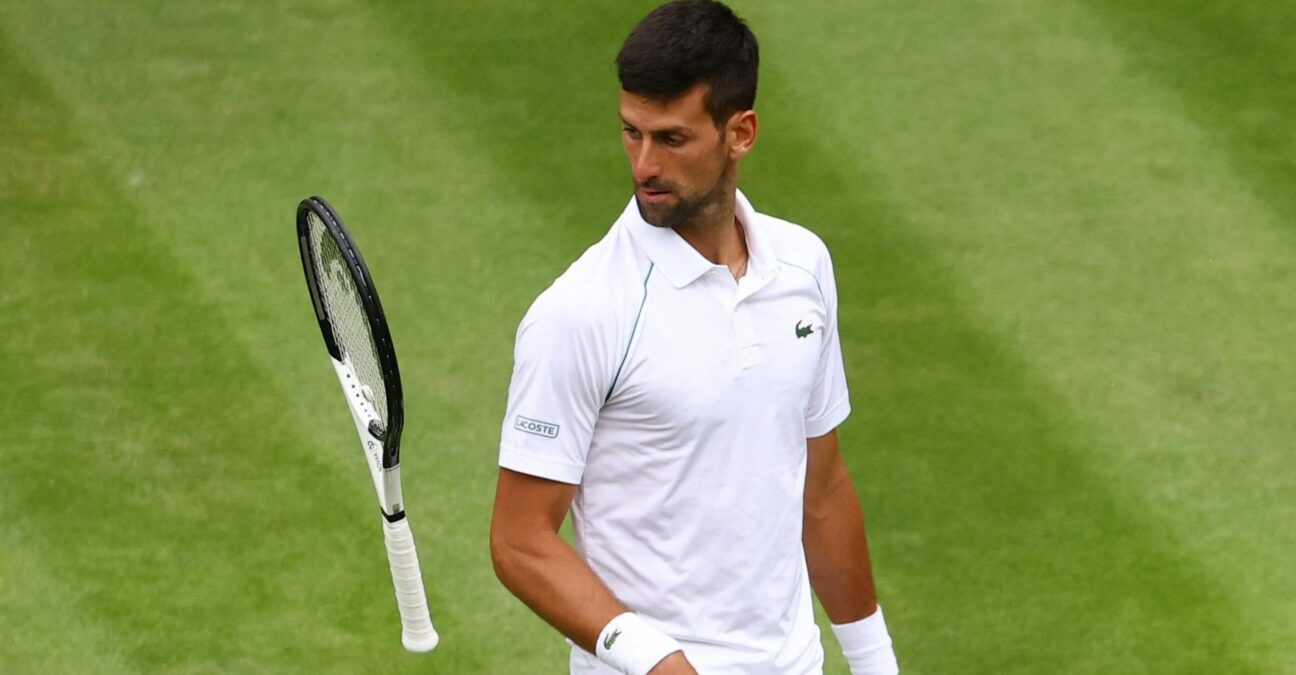 Novak Djokovic at Wimbledon in 2022 (AI/Reuters/Panoramic)
Novak Djokovic at Wimbledon in 2022 (AI/Reuters/Panoramic)
The draws have been made, the players are on site and practicing on the grass. All that’s left are the questions that we’re pondering – and a few nights of sleep.
Can Djokovic be beaten?
Spoiler: yes. After rising to the pantheon of the sport at Roland-Garros by winning his 23rd Grand Slam, Novak Djokovic is now considered, almost everywhere, including by some of his opponents, as the inevitable next winner of Wimbledon. How could he not be?
Be careful though: in 2016, the year of his first title at Roland-Garros, Novak had drawn used so much petrol to win the only major title missing from his list at the time that he then paid for it in London, beaten in the 3rd round by Sam Querrey in a match where he had experienced physical problems. This year too, the Serbian was playing for history in Paris and GOAT candidate that he is, Djokovic is not immune to a new form of decompression.
Moreover, even if pundits don’t talk about it much anymore, it and even if it is less true now than at a certain time, the grass remains a “random” surface, where everything can go quickly, in one direction or another. The slightest mental breakdown and it’s a break, then a set, which flies away. However ultra-dominant Djokovic may be, the margins are thinner on Wimbledon’s ryegrass than anywhere else.
Now, don’t make us say what we haven’t said: yes, the Serb remains the big favorite in London, where he is a four-time defending champion and where we still don’t see many people this year capable of being stronger than him if he is at his best level. But we stress: if he is at his best level.
What’s up with Iga and the grass?
A revelation on clay, and very effective also on hard court, Iga Swiatek, on the other hand, has a real problem on Wimbledon’s grass, where she was beaten in the 3rd round last year by Alizé Cornet and where she only has one round of 16 for her best result, in 2021. Not a very Swiatek-like CV at the AELTC…
The concern of the world No1 on grass is above all technical: her forehand, played with an extreme western grip, is also effective on her favorite surface, where her violent “spin” causes big damage. But it is much more fragile on grass, a surface that requires more flat trajectories and shorter backswings.
Furthermore, everyone knows that Swiatek is a little more vulnerable when deprived of time, a well-known weakness of hers that has been exploited by players like Elena Rybakina or Aryna Sabalenka in 2023.
On grass Swiatek therefore needs to make technical adaptations – another process that takes time. Last year, tired after her coronation at Roland-Garros, she didn’t play a warmup tournament before Wimbledon. This week, she was in contention in Bad Homburg and it is an understatement to say that her three victories were important for her.
Now to the big show…
Should we believe Alcaraz when he says he’s not the man to beat?
We are entitled to disagree with him, but Carlos Alcaraz was undoubtedly sincere when he declared, at the start of last week, that he had “less chance of beating Djokovic on grass than on other surfaces.” His triumph at Queen’s, a few days later, certainly gave him a huge boost in terms of confidence on the grass. But it did so without fundamentally changing his state of mind on a surface where he still has less reference than elsewhere, and on which he still considers himself, rightly or wrongly, in the learning phase.
Putting yourself in the position of outsider rather than conquistador also corresponds to the mentality of Carlos Alcaraz, and more generally of Spanish tennis players. This is all the more true today that beyond the surface, the one who has just returned to world No. 1 cannot hide the fact that he remains on a Grand Slam hangover after a monumentally disappointing finish to his semi-final against Djokovic in Paris. It may even be the first time in his young career that he performed so abysmally in such a crucial moment.
Talking about a slump would be hasty, especially since Alcaraz immediately set the record straight at Queen’s. But it remains logical, under these conditions, that he approaches the London meeting with a low profile.
Will we see a maiden winner at Wimbledon?
We wouldn’t bet our shirt on it. Alcaraz and Swiatek, have never made it past the knockout stages at Wimbledon. Daniil Medvedev has his problems on grass too. But all the same. Among the main headliners who have yet to win Wimbledon, there are many names that do not offer all the guarantees at the moment, whether for physical reasons, confidence or grass-compatibility.
That goes for the men (in order of ranking: Casper Ruud, Stefanos Tsitsipas, Andrey Rublev, Jannik Sinner, Taylor Fritz, Felix Auger-Aliassime…) and the women (Jessica Pegula, Caroline Garcia, Coco Gauff…) .
In this long list of players in search of their first star, Holger Rune and Alexander Zverev, recent semi-finalists at Queen’s and Halle, are among the best placed, as is Ons Jabeur, last year’s finalist, on the women’s side. But the two title holders Novak Djokovic and Elena Rybakina, or even Aryna Sabalenka or, perhaps, the double winner of Wimbledon Petra Kvitova, all seem in as good or even better position to triumph.

Who can shock the field in 2023?
Behind Novak Djokovic who has dominated the tournament for four years, and now that Roger Federer has left, Wimbledon seems very open and it is ultimately not so surprising that the last two editions have resulted in “surprise” finalists, Matteo Berrettini in 2021 and Nick Kyrgios in 2022. Considering their setbacks this season, there is little chance of seeing either of these two back in the final again this season.
So who then? We don’t have a crystal ball, but there is a list of fairly clearly identified agents of chaos that no one will want to come across too soon on their way to London. Among these, we must mention Alexander Bublik, who has just won his first ATP 500 in Halle, and Frances Tiafoe, winner of his first grass title in Stuttgart.
We won’t stop there. Sebastian Korda, who reached the round of 16 on his debut in 2021, on a surface where, as he says himself, he has everything to play well. Hubert Hurkacz, semi-finalist this same year 2021, also has potential. And, on the “high odds” side, why not a Ben Shelton, who has no experience yet on grass but possesses a serve and the type of disruptive power that can cause great damage.
On the women’s side, everyone wants to see Roland-Garros finalist Karolina Muchova, who also has all the weapons to shine in London as she has already proven by being a two-time quarter-finalist. Different, but equally tricky players such as Ekaterina Alexandrova (titled in ‘s-Hertogenbosch), Jelena Ostapenko (Birmingham), Donna Vekic (finalist in Berlin), Liudmila Samsonovaals or Veronika Kudermetova could pose problems.


